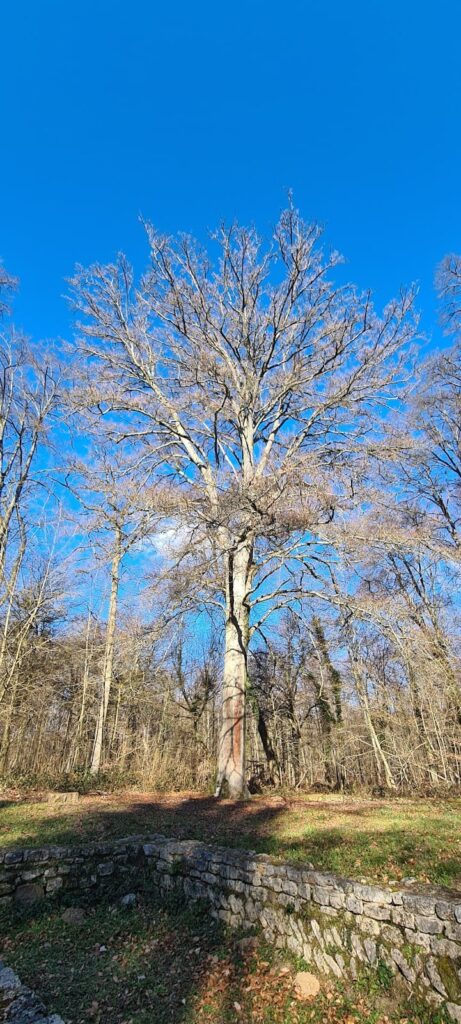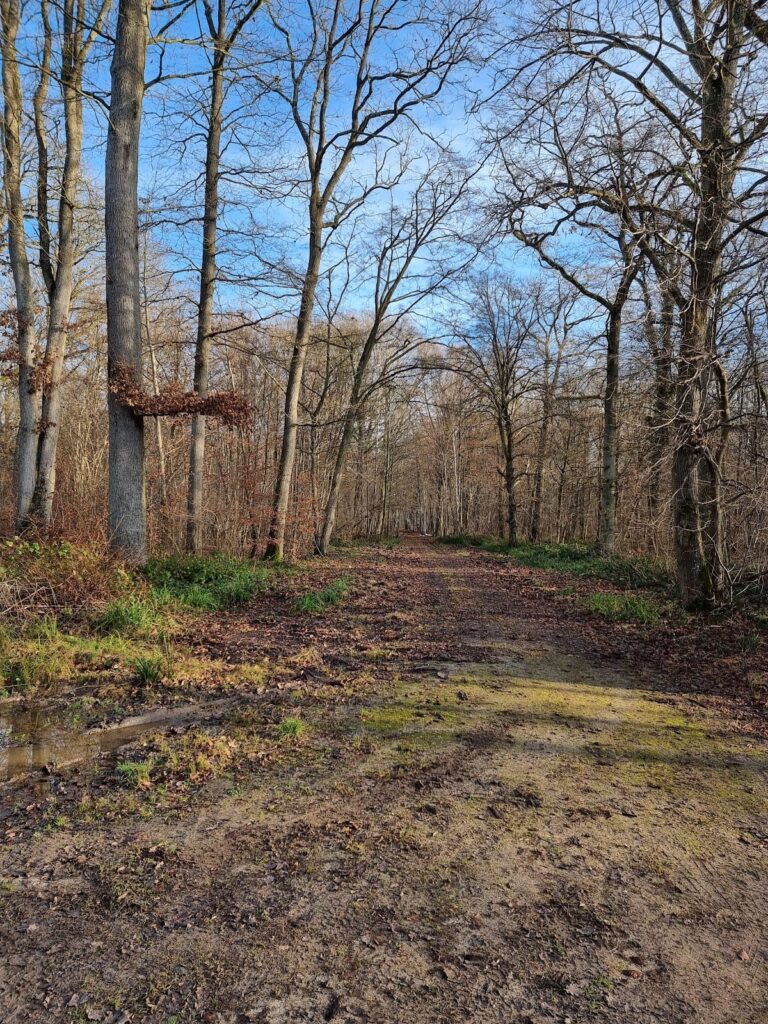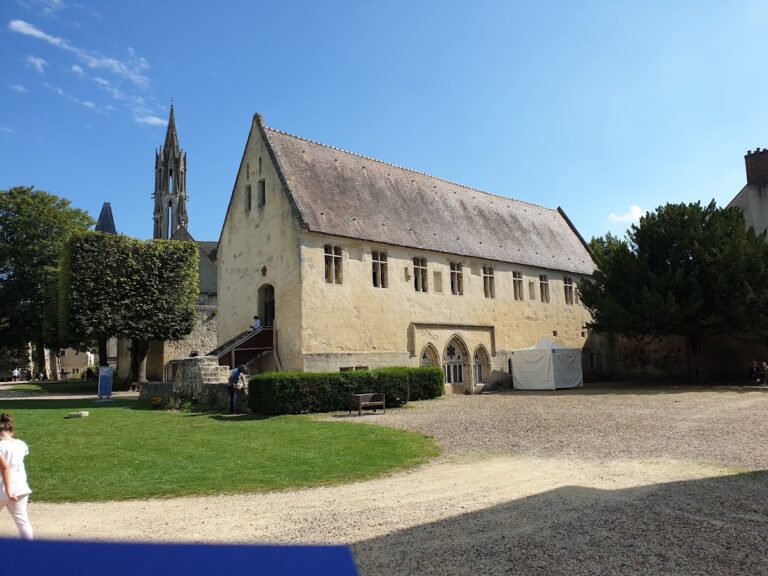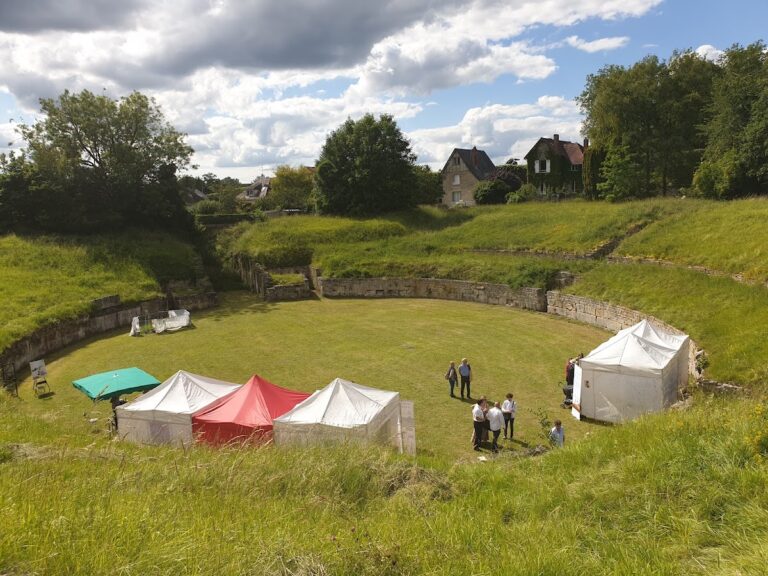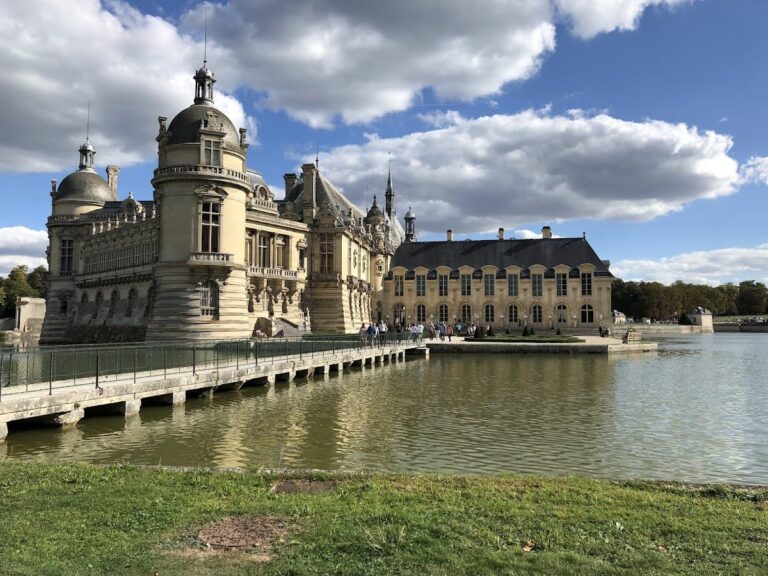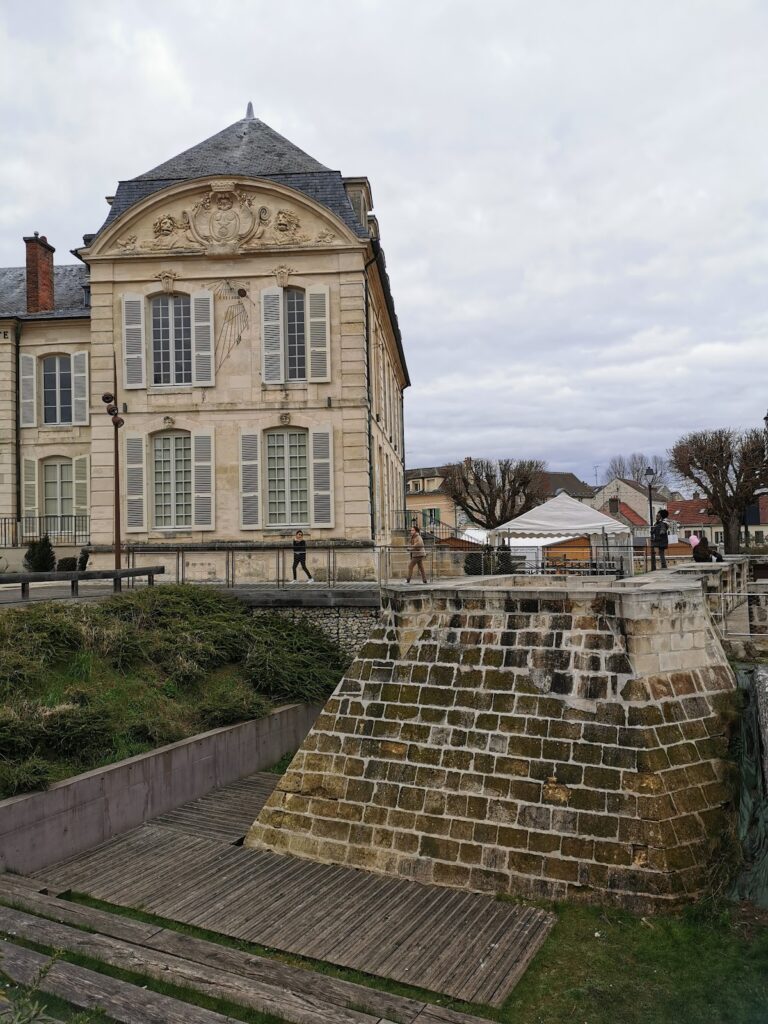Gallo-Roman Temple in Halatte Forest: A Healing Sanctuary Near Villers-Saint-Frambourg
Visitor Information
Google Rating: 4.5
Popularity: Very Low
Google Maps: View on Google Maps
Official Website: www.oisetourisme.com
Country: France
Civilization: Celtic, Roman
Remains: Religious
History
The Gallo-Roman temple in the Halatte forest is located near Villers-Saint-Frambourg in the Oise department of northern France. This area was part of the Roman province of Gallia during antiquity. The temple was built by the Gallo-Roman population, who combined local Celtic traditions with Roman religious practices.
Before the temple’s construction, the site served as a Celtic cult location. Archaeological evidence shows a foundation deposit containing a severed head, a vessel, and old Celtic coins. A sandstone megalith and wooden structures surrounded by palisades also marked this earlier sacred place.
Around the middle of the 1st century AD, the Romans erected the healing votive temple on this earlier sacred ground. The temple functioned as a place where worshippers offered gifts and prayers. This religious use continued for several centuries, as indicated by numerous votive objects and coins found at the site.
The temple was abandoned at the start of the 5th century AD. This period coincides with the spread of Christianity in the region, which led to the decline of pagan cults. After abandonment, the temple’s stones were quarried for other uses, and the site gradually became overgrown by forest.
Archaeological excavations first took place in the late 19th century, between 1873 and 1874. Renewed digs from 1996 to 1999 uncovered a wealth of artifacts, including coins from Roman emperors Tiberius to Gratian and Magnetius, as well as personal ornaments and animal bones. Since 2007, the site has been protected as a historic monument.
Remains
The remains of the temple mainly consist of wall foundations preserved up to about one meter high. These foundations outline the temple’s original footprint, allowing a clear understanding of its size and layout. The temple was constructed on sandstone megalithic elements, which were part of the earlier Celtic sacred site.
The original structure included wooden components and was surrounded by palisades, reflecting the earlier Celtic construction style beneath the Roman temple. The combination of stone and wood shows a blend of building traditions over time.
Excavations revealed a large number of artifacts, including 42 Gallic coins and over a thousand Roman bronze coins. These coins span several centuries of use. Alongside coins, many votive objects such as fibulae (brooches), rings, and personal ornaments were found, indicating the temple’s function as a healing and offering site.
Today, the ruins remain in situ and are accessible to the public. Many of the artifacts recovered during excavations are displayed at the Museum of Art and Archaeology in Senlis.


